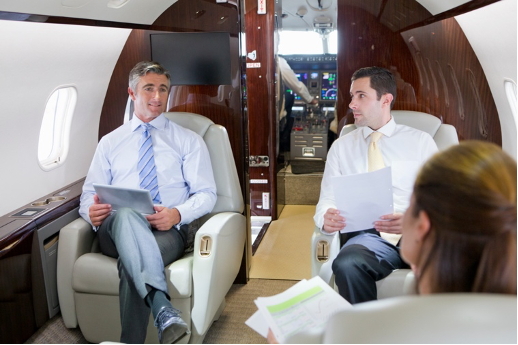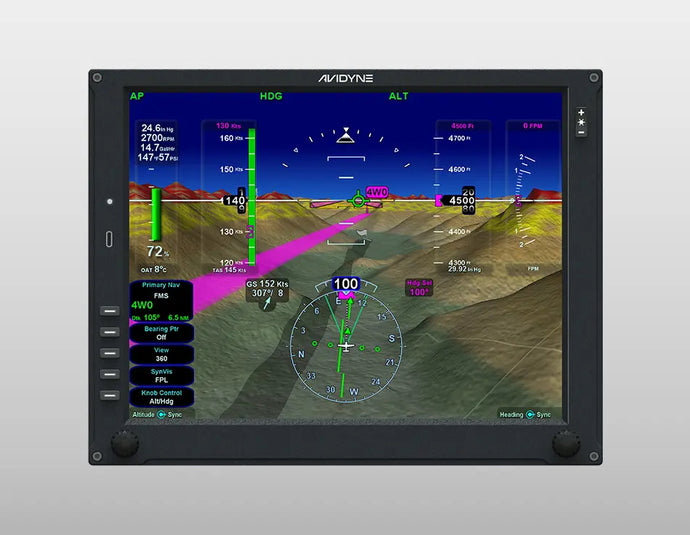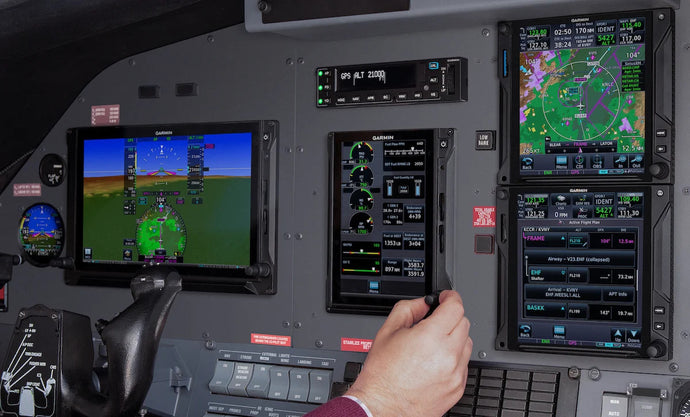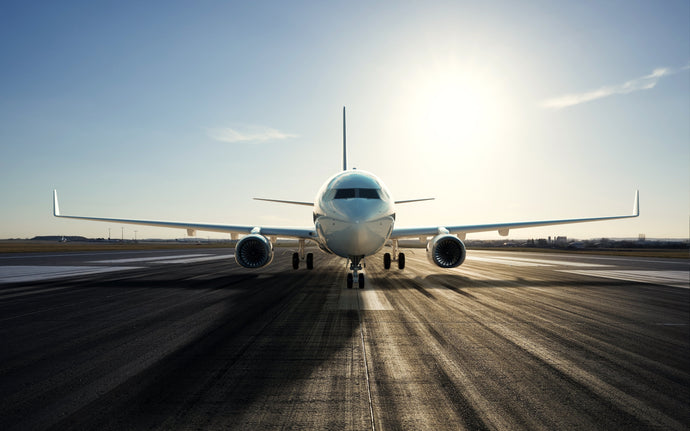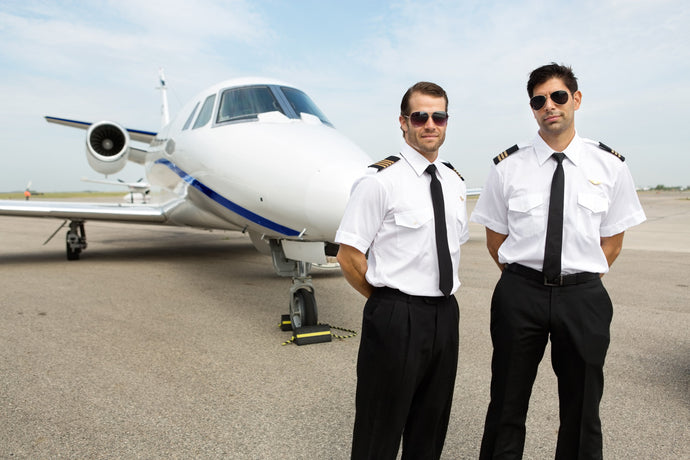What Famous Crashes Can Teach Us About Reducing Our Risk of Accidents

Let’s be honest. America has a fascination with celebrity. Whether we’re talking about actors, athletes, business titans, or social media influencers, we tend to follow their every move. So when we suddenly lose one of them in a catastrophic plane crash, it hits us hard. It reminds us that even the most amazing life stories can have a tragic ending. And that no one is immune to safety issues.
Over the past few years, there have been a lot of tragic headlines involving celebrities. What’s even more shocking than the loss of life is just how preventable many of those crashes were and how having the right technology on-hand could have made all the difference. Here are a few you’re sure to remember:
- Kobe Bryant (2020) The helicopter Kobe was travelling on encountered thick fog and hit the foothills of the Santa Monica mountains killing everyone onboard. Experts are wondering if a terrain awareness and warning system (TAWS) might have made the difference, or if a return to level button might have bought the pilot the extra time needed to sort through the chaos.
- Troy Gentry (2017) Best known as one-half of the country music duo Montgomery Gentry, Troy Gentry lost his life in a helicopter crash in Medford, N.J. The pilot attempted to make an emergency landing but cut the engine too soon, leading to an uncontrolled descent that killed the pilot and the beloved music star. One of Garmin’s blue buttons might have helped.
- Cory Lidle (2006) Yankees fans were stunned when their pitcher crashed a private plane \ he co-piloted into an apartment building in Manhattan. He made a tight turn that turned out to be a little too tight. Could an autopilot have changed the outcome?
- John F. Kennedy, Jr. and Carolyn Bessette-Kennedy (1999) John Jr., his wife, and his sister-in-law Lauren all lost their lives when the private plane John Jr. was piloting crashed near Martha’s Vineyard. Most experts agree that the cause was spatial disorientation as he descended over water at night – a problem that may have been avoided with the right flight instruments.
But it’s not just famous people making tragic headlines. U.S. civil aviation accident fatalities increased from 347 in 2017 to 393 the following year. That’s a leap of nearly 30%. There are many reasons for aircraft crashes and fatalities, but according to industry stats, the top ones are:
- Loss of Control Inflight
- Controlled Flight Into Terrain
- System Component Failure – Powerplant
- Fuel Related
- Unknown or Undetermined
- System Component Failure – Non-Powerplant
- Unintended Flight In IMC
- Midair Collisions
What’s important to note is that more than HALF of these reasons are preventable with the right avionics. Autopilots can prevent you from being in sticky situations in the first place by helping you use fuel more efficiently, optimize routes, and avoid potential dangers.
Aircrafts equipped with an enhanced ground proximity warning system can provide terrain warnings even when visibility is poor. Aicrafts that feature the blue button/return to level option can buy a pilot valuable time during a challenging situation while they calculate their next course of action. And of course, midair collisions are preventable with Traffic Collision Avoidance System (TCAS), which monitors your airspace even when air traffic control isn’t around.
Historically, price has been a barrier to some of these technologies; however, over the past few years much of that has changed as the level of innovation continues to rise while prices continue to drop.
We may never know everything about famous celebrity crashes, but one thing we do know is that the more ways you can mitigate risk when flying, the better your chances are of not becoming a tragic headline yourself.

